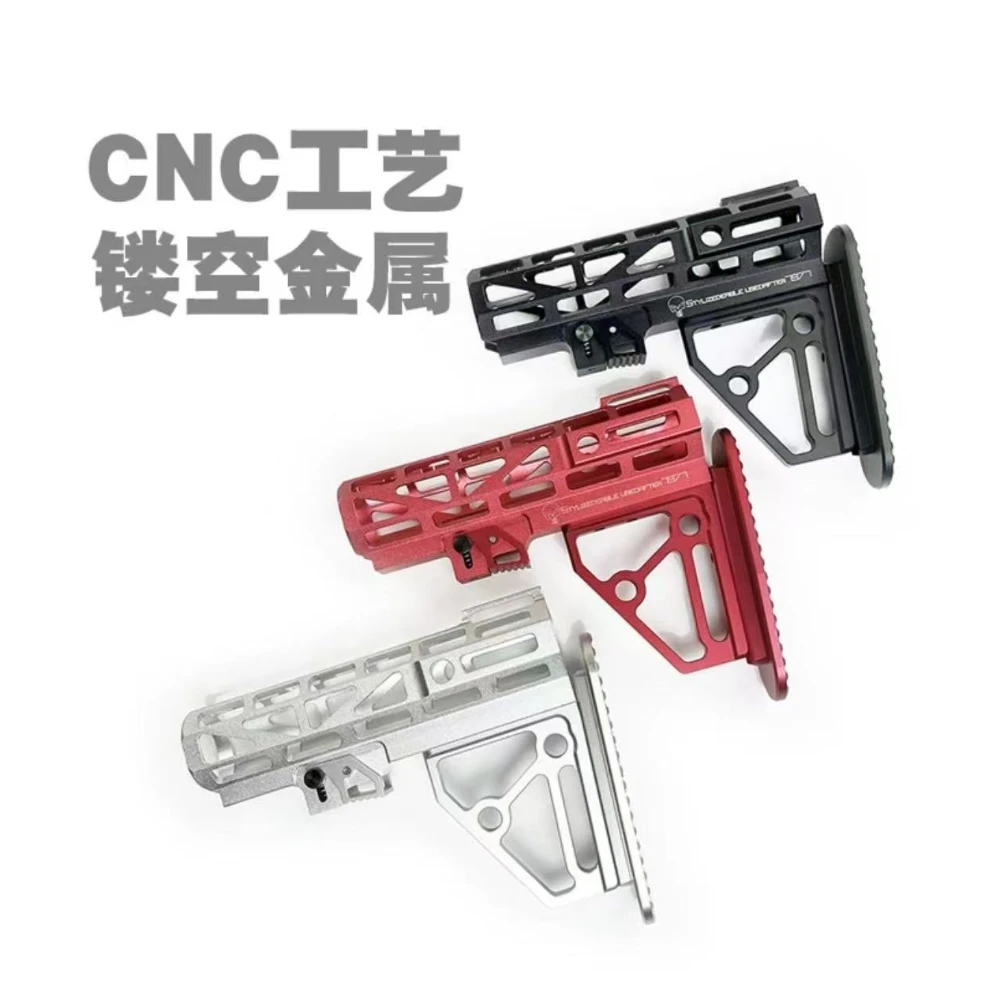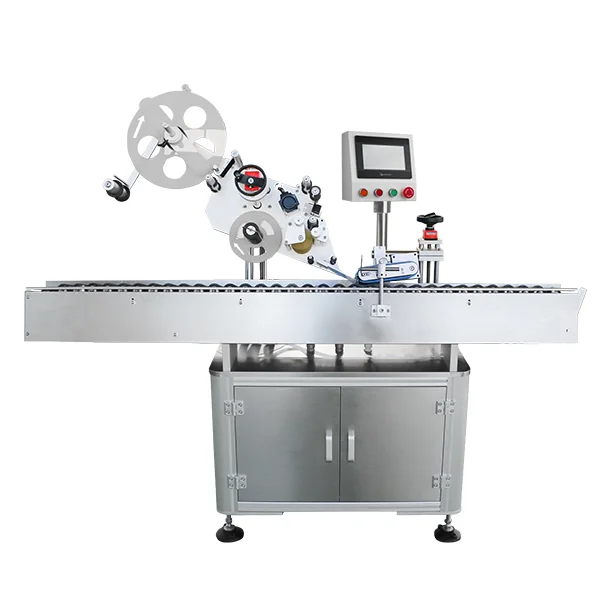Openwork gun stocks — with their cutouts, skeletonized profiles, and ventilated designs — are a stylish and functional choice for shooters who want reduced weight, improved airflow, and a modern aesthetic. Whether you’re a recreational shooter, hunter, or competitive marksman, choosing the right openwork stock means balancing material, ergonomics, finish, and care. This guide breaks down what to look for and how to keep your openwork stock looking and performing its best.
Below, we also highlight Nantong Junyuan Sports Goods Co., Ltd., a leading manufacturer specializing in high-quality gun accessories (especially stocks). They design products aimed at both shooting enthusiasts and professionals, blending innovation with reliability.

Why choose an openwork stock?
Openwork stocks (also called skeletonized or ventilated stocks) are popular for a few reasons:
-
Weight reduction — removing non-structural material trims overall weight, helpful for long carries or fast handling.
-
Heat dissipation — ventilated areas can help airflow around barrels or components that heat up.
-
Aesthetic & customization — modern, tactical looks and room for custom inserts or adjustable hardware.
-
Improved balance — well-designed cutouts can shift the balance point for better maneuverability.
That said, openwork designs are not universally ideal — consider your platform, shooting discipline, and durability needs before you buy.
Common materials: pros and cons
1. Polymer / Reinforced Plastic
-
Pros: Very durable, impact-resistant, cost-effective, weatherproof, and easy to mass-manufacture into skeletonized shapes. Great for field use.
-
Cons: Can feel less “premium” than wood or metal; finish may scratch over time.
2. Aluminum & Light Alloys
-
Pros: Extremely rigid and strong at light weights; excellent for precision platforms where stiffness matters. Often anodized for corrosion resistance.
-
Cons: Can be colder to the touch, may add cost, and needs careful machining to avoid stress points near cutouts.
3. Laminated Wood (Layered Wood)
-
Pros: Combines the look of wood with improved strength and stability over solid wood; can be machined into attractive openwork patterns.
-
Cons: Heavier than polymer and alloys; requires good sealing to resist moisture.
4. Carbon Fiber / Composite
-
Pros: Best strength-to-weight ratio; premium feel; stable across temperature and humidity changes.
-
Cons: High cost; repair can be more difficult if damaged.
5. Hybrid Designs
-
Pros: Some stocks pair a metal substructure with polymer or wood externals — offering stiffness plus comfort/appearance.
-
Cons: Can be more complex and costly to produce and maintain.
Nantong Junyuan produces a range of stocks and accessories that reflect these material choices, focusing on combining durability with ergonomic design for both enthusiasts and professionals.
Styles and ergonomic considerations
When choosing an openwork stock, think beyond looks — consider how the shape affects handling:
-
Full skeletonized stock: Maximum material removed for lowest weight. Good for short-range tactical setups where minimal mass is preferred.
-
Partial cutouts / ventilated panels: Offer a compromise — reduced weight with more surface contact and comfort.
-
Adjustable combs and buttplates: Important for fit; openwork designs can incorporate adjustable elements to tune cheek weld and length of pull.
-
Integrated sling mounts & rails: Practical for hunters and tactical users — ensure attachment points are solid and well reinforced.
-
Grip geometry: Even a skeletonized stock should provide consistent, repeatable hand placement for control and accuracy.
Ergonomics and fit are critical. If possible, test the stock on your platform or try a mock-up to verify balance and feel.
Fit and compatibility
-
Action and chassis matching: Make sure the stock’s bedding or interface matches your rifle’s action or chassis system. Poor fit can degrade accuracy and safety.
-
Barrel and fore-end clearance: Openwork designs near the fore-end should leave adequate clearance for barrels, accessories, and heat shields.
-
Attachment hardware: Check that mounting screws, pillars, and recoil interfaces are robust and that replacement parts are available.
Nantong Junyuan emphasizes precise manufacturing and system compatibility, which helps simplify installation and reduces the need for aftermarket modification.
Maintenance tips (stock care — safe, non-technical guidance)
Proper maintenance preserves appearance and function. These are care-focused tips for openwork stocks (non-instructional and non-operational regarding weapons use):
-
Regular visual inspection: Look for cracks, loose fasteners, or damage around cutouts and mounting points. Early detection prevents larger issues.
-
Gentle cleaning: Remove dust and debris from crevices using a soft brush or compressed air (low pressure). Wipe surfaces with a soft cloth. Avoid abrasive tools that could mar finishes.
-
Avoid harsh chemicals: Use mild cleaners recommended by the manufacturer. Aggressive solvents can degrade polymer finishes, anodizing, or laminated wood sealers.
-
Protect finishes: For wood or laminated elements, keep finishes intact — periodic application of a manufacturer-approved polish or sealer helps. For metal parts, use light corrosion inhibitors if you operate in humid or salty environments.
-
Check fasteners: Periodically ensure screws and mounts are torqued to the manufacturer’s specifications. Loose hardware compromises fit and may stress the stock around cutouts.
-
Storage: Store in a dry, temperature-stable environment. Use protective cases or covers that prevent impacts to exposed openwork areas.
-
Professional repair: If structural damage occurs, consult the manufacturer or a qualified gunsmith for repair options rather than attempting DIY fixes that could reduce safety or integrity.
These maintenance recommendations focus on preserving stock integrity and longevity, not on firearm operation or modification.
Final tips for buyers
-
Define your priorities: Weight, durability, aesthetics, and cost — rank these to narrow choices.
-
Match material to use: Carbon fiber or alloys for high-performance and competition; polymer for field use; laminated wood for classic appearance with added strength.
-
Verify fit: Ensure compatible mounting and good ergonomics before purchase.
-
Buy from reputable makers: Established manufacturers like Nantong Junyuan Sports Goods Co., Ltd. provide tested designs, consistent quality, and support — valuable for long-term ownership.
-
Factor in service & parts: Access to replacement hardware, adjustments, and finish options extends the life of your stock.
www.junyuanhandguard.com
Nantong Junyuan Sports Goods Co., Ltd.


